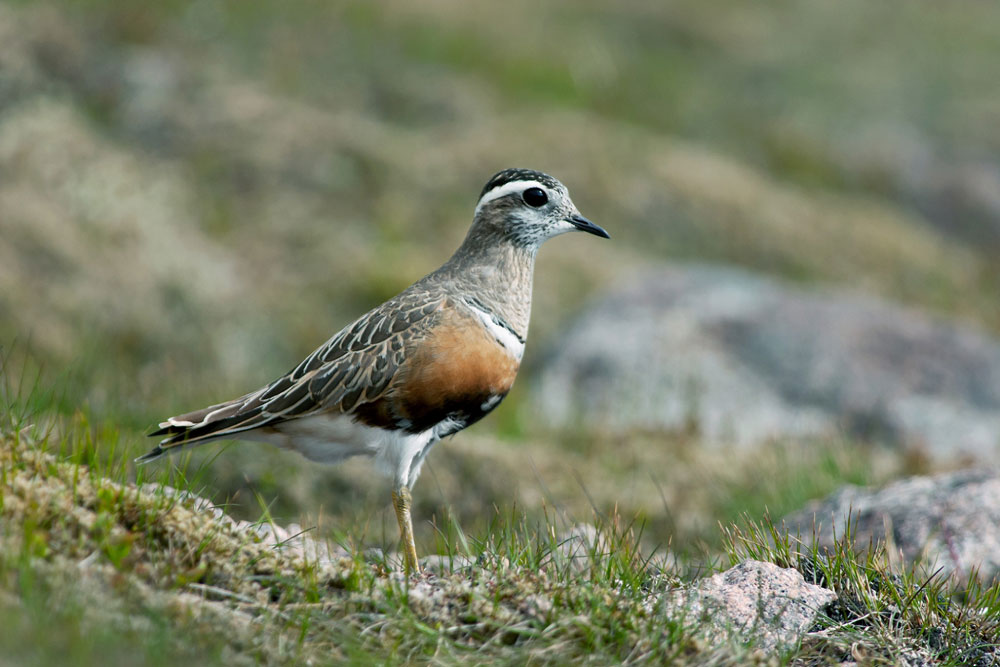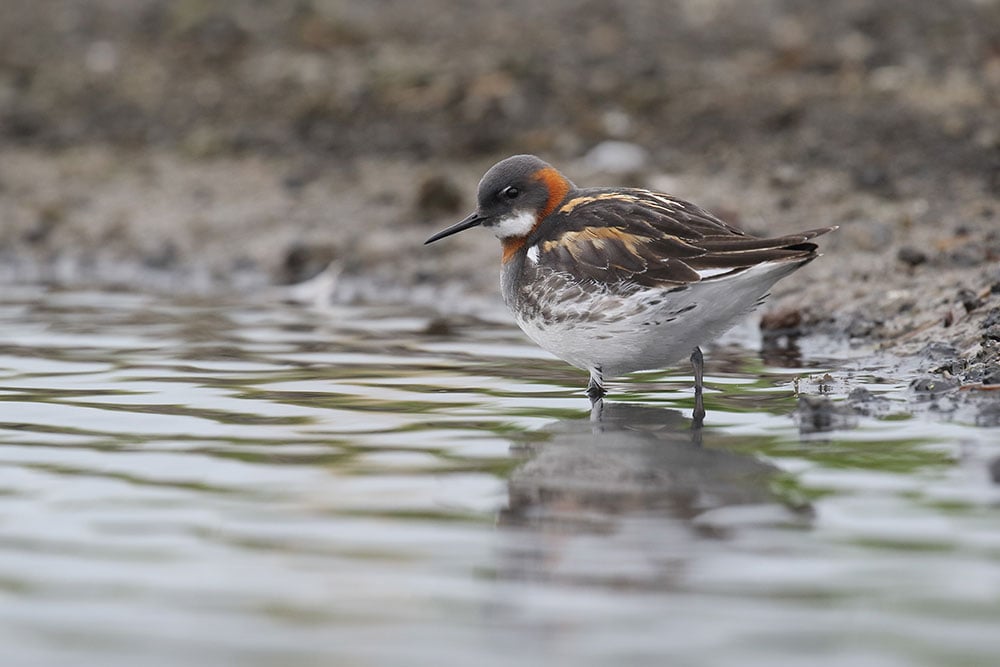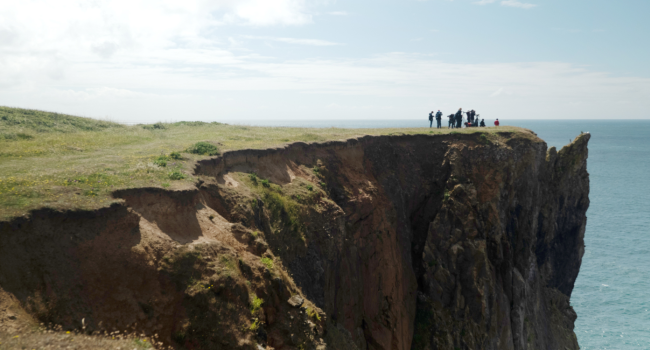
BirdTrack migration blog (17–23 May)
For many of our summer visitors, particularly in the south of Britain, the breeding season is well underway. However, there are those birds that will still be migrating further north, to northern Britain and into northern Europe. These individuals often leave their winter areas later than those that arrive earlier in the season. This makes perfect sense as the conditions further north reach their optimum later and it could prove fatal to get the timing wrong.
There are a few species that begin their main arrival in Britain from mid May onwards. Nightjar and Quail are two of these and whilst conditions aren’t going to be ideal in the coming week, there are times when the northerly winds are forecast to become light and birds will move.
During the early part of the week, the Iberian Peninsula and southern France may experience quite a bit of stormy weather so it is not until midweek that the winds are likely to drop. The second half of the week looks like a better prospect as those birds still making their way north will take advantage of these quieter conditions.
The south coast may well be a good place to look for grounded migrants – flying into northerlies can sap a bird’s energy and they will often drop in to rest at the first sight of land after crossing the Channel.

There are still a lot of Swifts moving through southern Europe and there is likely to be a further arrival in Britain during the week. Swallows are also still on the move and northern Britain may well see an arrival of these in the latter half of the week.
Waders will keep moving in all but the strongest winds, with Dotterel and Red-necked Phalarope well worth looking out for. Dotterel may be seen at traditional stopover sites such as Pendle Hill in Lancashire and Great Orme on the North Wales coast, and the mixed weather could well see a Red-necked Phalarope seeking rest at any wetland, even well inland.
The BirdTrack historical reporting rate graph shows the arrival of Corncrake in Britain and Ireland peaking right now. Migrating at night and being rather secretive during the day, Corncrake can be difficult to catch up with outside of its breeding areas.
However, this is a species that can turn up almost anywhere on migration and grounded birds can, and do, often partake in a little bit of song – so this is one to listen out for during the week. You never know, you might be lucky.
Listen to the Corncrake’s song
Corncrake reporting rate in BirdTrack
Send us your records with BirdTrack
Help us track the departures and arrivals of migrating birds by submitting your sightings to BirdTrack.
It’s quick and easy, and signing up to BirdTrack also allows you to explore trends, reports and recent records in your area.
Find out more









Share this page